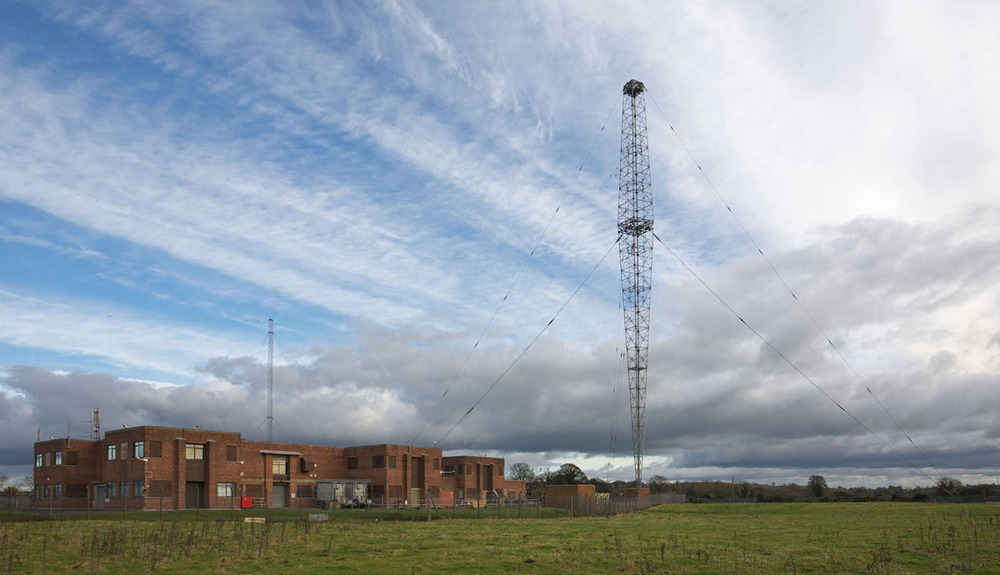The Minster gets involved
The sponsorship of programmes on Radio ??ireann, or 2RN as it was originally known, had long been a source of contention for some. Irish companies paid ??5 per five minutes of sponsorship while foreign companies were charged twice this amount. In the first three months of 1927 advertising revenue amounted to ??200 but the entire revenue for 1928 was just ??28. By 1929 revenue had risen to ??50 per annum.[22] The secretary of the Department of Posts and Telegraphs, P.S. O???Hegarty, thought that advertising on radio should be allowed to die a natural death while Seam??s Clandillon, the station director, declared that, ???from a programme point of view they are a nuisance and are regarded by the listeners as an impertinence.???[23]
The first sponsored programme, by Euthymol toothpaste, was broadcast on the 31st December 1927. Frequently these programme would use popular or dancehall music to entice the audience and would intersperse advertisements for their clients throughout the show. Radio ??ireann could be received throughout Western Europe and the sponsored programmes picked up a significant following outside Ireland.
When faced with an attack on fellow minister MacEntee on Irish radio, Gerald Boland cancelled the broadcast.
Sean ??g ?? Ceallaigh was due to deliver a radio lecture on ???Irish Culture: It???s Decline??? on the 11th of January 1934. The Minster for Posts and Telegraphs, Gerald Boland, stepped in and had the broadcast cancelled. Justifying the cancellation, Boland stated that, ???Mr. ?? Ceallaigh had made a grossly unfair and unjustified personal attack on the Minister for Finance at Mohill on the 1st of January and must have known that Mr. MacEntee was not responsible for the conduct of the broadcasting service. I was determined to ensure that he would not avail of the opportunity presented by his broadcast to renew his attack.???[24]
?? Ceallaigh stated that he had submitted the text of his lecture to the station director a week in advance and no objection had been made but Boland questioned the capacity of ?? Ceallaigh to stick to his prepared script. In an interview on the subject, Boland said, ???that if he (?? Ceallaigh) wants to make a personal attack on a Minister he can do it, but he will not do it over the radio if I can help it.???[25]
Boland also sought to reassure the public that he was taking steps to curtail the amount of jazz music broadcast on Radio ??ireann and to replace it with classical music and military marches. The Minister had already used his influence to have the words of ???a foreign type of Good Night song,??? that one of the programmes concluded with, excised and he announced that he was prepared to forego the revenue derived from sponsored programmes rather than have them ???serve to advance jazz.??? [26]


